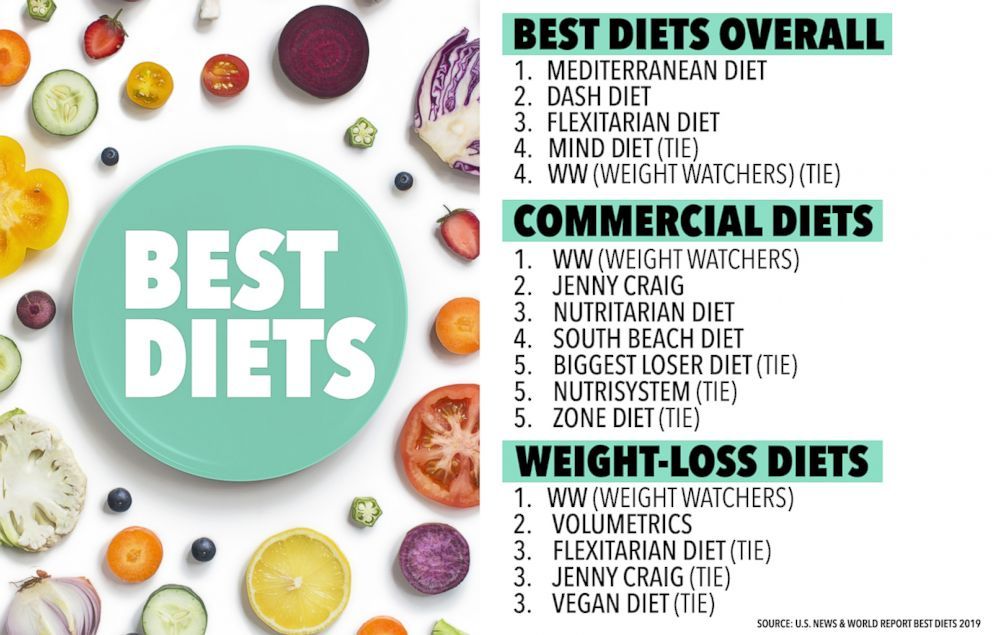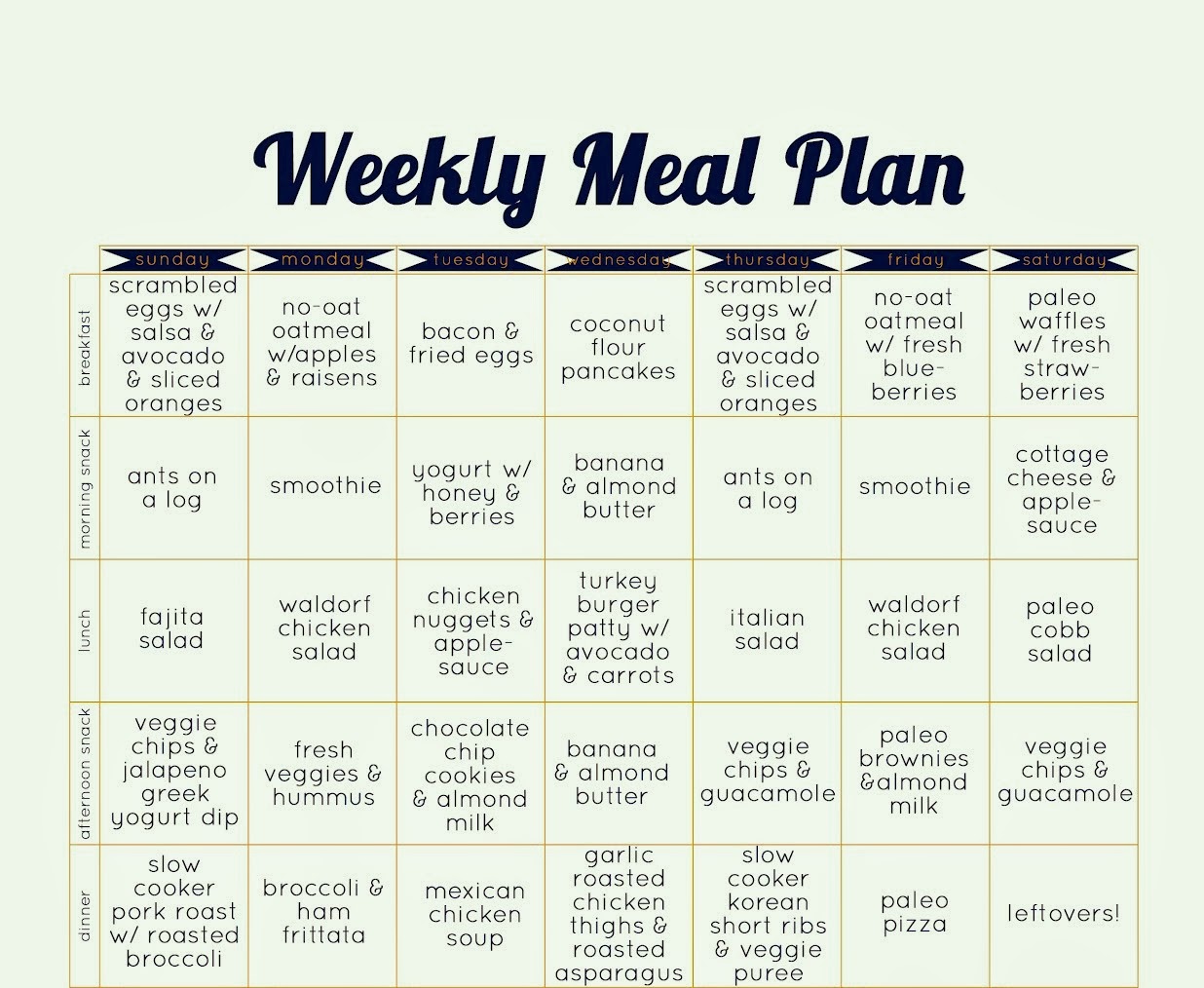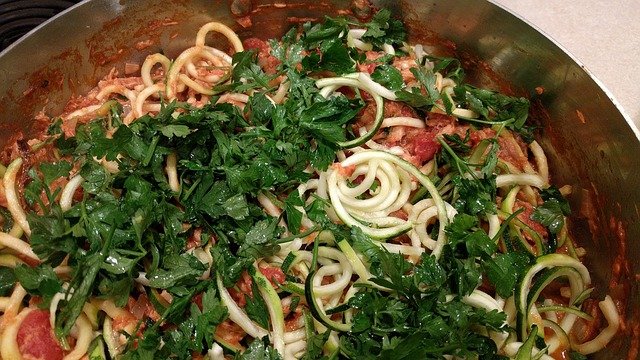
There are many distinctions between the paleo diet, and the ketogenic. While the paleo diet calls for you to avoid all grains and legumes, the ketogenic one does not. Here are some basics to consider before you decide which diet is right for your needs.
Grass-fed meat
The Paleo and Keto diets differ in what foods you can consume. Both diets encourage consumption of unprocessed animal products, but they also restrict sugar and processed meat. Keto diets will love grass-fed beef because it's easy to integrate into any diet. Grass-fed beef is more nutritious than conventionally raised beef.
The keto diet is low carbohydrate and allows for a wide range of meats, including grass-fed. The keto diet emphasizes meat from healthy pastures that are free of hormones and antibiotics. Keto-friendly people will prefer grass-fed meat, which is lower in sugar and carbs. Grassfed meats tend to be sweeter that conventionally raised meats.
Butter made from grass-fed butter

The decision between paleo or keto can be hard when choosing a diet. While these diets focus on high-quality protein intake, some of them include dairy products such as butter. This is a grey area as dairy proteins can interfere with the immune system and cause digestive problems. However, grass-fed milk butter is safe for both. It is also an essential part of the keto diet.
Butter, especially grass-fed butter, has many virtues. Not only is grass-fed butter rich with important nutrients, but it also has a healthy fat called conjugated Linoleic Acid, which could have anti-obesity effects. In addition, butter is also a good source of fat-soluble vitamins. Saturated fat can be feared due to low-fat trends. But saturated fat is not dangerous. Butter can be a crucial part of a Paleo diet, even if it's not the nutrient you fear.
Unrefined oils
You should avoid refined oils unless you are following a Paleo or Keto diet. Their high content of saturated oils and their tendency for breakdown into toxins when heated is why they are so important. How do we know which are better for us? Let's have a look. These two diets don’t necessarily have to be in conflict. There’s still some room for overlap.
Palm oil is rich in saturated fats. Different oils are produced by the palm tree. The most common variety is red palm oil, which has a warm flavor and high smoke point. This oil can be used in place of sunflower oil and is paleo-friendly. Public Goods organic cold-pressed Coconut oil is unrefined, and without any additives. Lard is also great for cooking. Lard has monounsaturated fats and is neutral-flavored.
Grass-fed dairy

The ketogenic diet allows only grass-fed dairy. This is a controversial topic. However, some paleo members believe grass-fed butter is safe to eat. But the paleo community does not allow soy, which falls into the legume category. While both diets can be healthy in general, one has its advantages. Grass-fed milk is preferred for its nutritional content, while soy is banned.
Keto is a diet that focuses on high-quality protein sources. This is especially important for those with a compromised gut or gluten/lactose intolerance. Grass-fed dairy also has less casein and lactose than their conventional counterparts. In addition, grass-fed beef is an excellent choice for the keto diet because of its ease of integration into a ketogenic diet.
FAQ
What are the health benefits of slow cooking?
Slow cookers can be very helpful because you can prepare delicious meals quickly. Slow cooker recipes often have a lower oil and fat content than traditional recipes. In addition, slow cooker recipes are convenient because they take care of themselves while you sleep.
What is the cost of a culinary school?
Prices for Culinary School vary depending upon where you go, what program you select, and how long you stay there. The average tuition cost is $10,000-$30,000 annually. The majority of students graduate with around $20,000 in student debt. There are some programs that offer grants and scholarships as well as work-study options.
What equipment do I need to cook?
Cooking doesn't require special equipment. However, the right tools can make it easier to cook. For example, you could use a knife instead of a fork to eat pasta or a whisk instead of a hand mixer to whip egg whites into stiff peaks. It makes cooking much easier and quicker.
How to be a Chef
There are many ways to become a chef. Start by enrolling in a class at a vocational school or community college. You can then look into going to culinary school. Finally, consider a paid internship.
What is the average time it takes to learn how to cook? How much time do I need?
It all depends on your skill level. Some people learn basic cooking techniques in just a few days. Others may take months or years to master the basics of cooking.
The person who is learning to cook can vary in the amount of time they need. An example: Someone who has never cooked before may need more time than someone who makes regular meals. Certain types of cooking require more skill than others. Baking, for example, requires more experience than frying.
You should learn a particular technique to improve your cooking speed. Once you've mastered that technique, move on to another one. It doesn't matter how long it takes to master a particular technique. Just keep practicing and enjoy the process.
Are there any free online cooking classes?
Many websites offer cooking lessons for free. YouTube can be searched for videos showing you how to make different meals. Some websites give you access to thousands of recipes. The sites typically charge a monthly fee but you can test them for free for a period of 30 days.
Statistics
- under 10 Kids have been taught that there is special food just for them, and Fiese says that 10 percent of kids will throw a tantrum if they don't get the food they want. (washingtonpost.com)
- On average, chefs earn $58,740 a year, according to the BLS. - learnhowtobecome.org
- In the United States, the category is estimated at $23.2 billion annually and is growing faster than the market. (washingtonpost.com)
External Links
How To
How to make a perfect Omelette
Omelets are my favorite breakfast dish. But how do they turn out so perfectly? I've tried many recipes and different methods but none have worked. So I am sharing some tips and tricks today to help you make fluffy, delicious omelets every morning.
It is important to know that eggs can be temperamental when making omelets. They must be fresh, preferably from the organic market, and be kept cold until cooking. If they are not kept cold enough, the whites won’t form properly. The yolks will also break down too quickly and become runny. This causes your omelets to look oddly colored. If you want to make omelets right away, it's best not to use eggs that are too cold.
Another tip is to separate the egg before adding it to the pan. You don't want any white to get mixed up with the yolk because this could cause the omelet to curdle.
The egg can burn if it is placed directly on the stovetop. Instead, place the egg in the microwave for 10 second before you put it in the skillet. The heat from the microwave cooks the egg just enough without overcooking it.
Next, let's discuss mixing the eggs. Mix eggs well together. To do this, take the bowl from the mixer and flip it upside-down. Then shake the bowl vigorously. This will whip the air around the bowl and mix the egg well.
Now it's time to have fun: pour the milk into the mixture. Pour half the milk into the beaten egg mixture and then fold in the eggs. Do not be alarmed if there are still egg streaks visible. Once the omelet flips, these streaks will disappear.
After you have done folding the eggs, heat the pan on medium heat. The oil will start to smoke. Once the oil has gotten hot, add 1/4 cup of butter and swirl it around so that the entire pan is coated. The lid should be carefully opened. Sprinkle salt in the pan. A pinch of salt will help prevent the omelet from sticking to the pan.
Once the omelet has formed completely, cover the pan and let it set for a few minutes. Flip the omelet over using a spatula or flip the pan upside down. Cook the other half for another minute. Serve immediately after removing the omelet from its pan.
This recipe works best with whole milk, but skimmed milk also works.